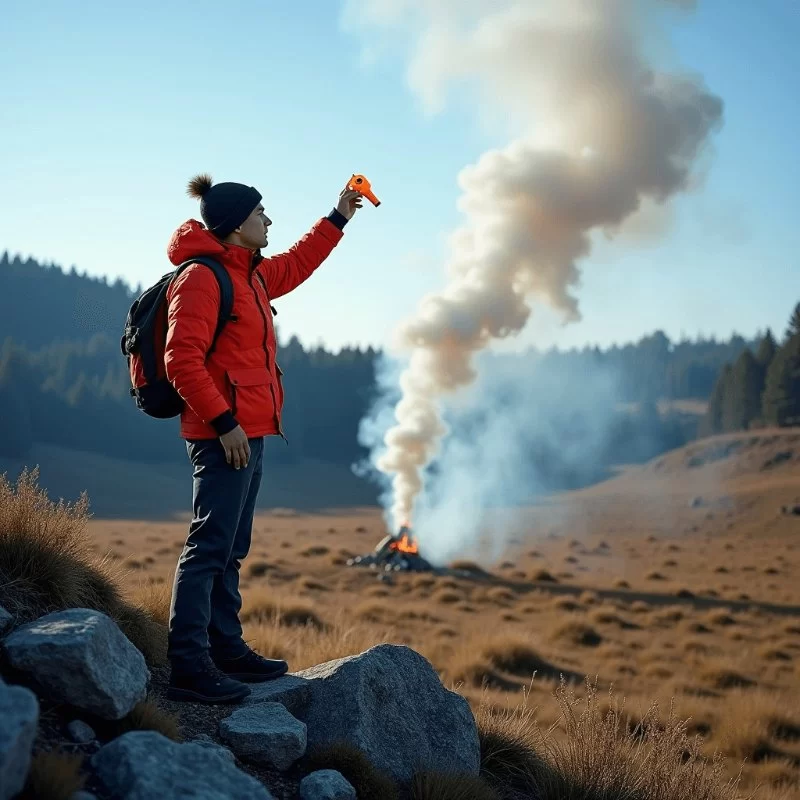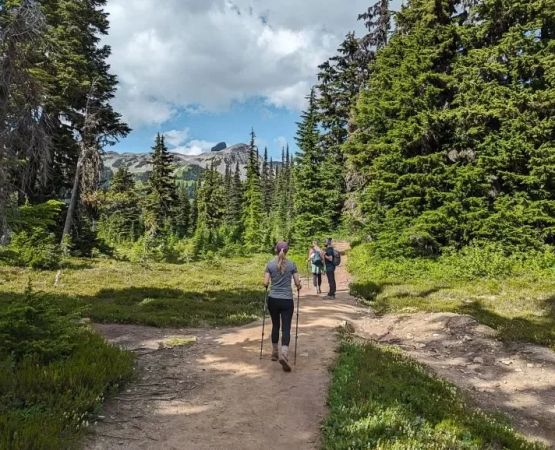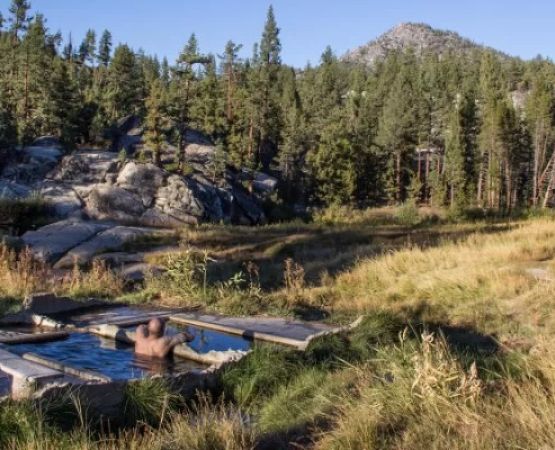Emergency Signaling in the Wilderness: What You Need to Know for Safety
Learn the best methods for emergency signaling in the wilderness. Discover essential techniques and tools for staying safe and getting help during an outdoor adventure.

Emergency Signaling in the Wilderness: What You Need to Know for Safety
1. Introduction to Emergency Signaling
When you're out in the wilderness, whether on a hiking, camping, or backpacking trip, one of the most important skills to have is the ability to signal for help in an emergency. In remote areas, getting lost, injured, or encountering unexpected danger can happen, and knowing how to communicate with rescuers or passersby can save your life.
Effective emergency signaling in the wilderness is all about being seen and heard. It's not just about shouting for help or waving your arms, it’s about using the right techniques and tools to increase your chances of being noticed.
1.1 The Basics of Emergency Signaling
Signaling for help in the wilderness involves creating a visual or audible signal that can be seen or heard from a distance. It's essential to make sure that your signals are distinct, noticeable, and easy to interpret. This is why understanding the types of signals and their meanings is critical in a survival situation.
2. Why Signaling Matters in the Wilderness
In a survival situation, signaling is your best chance of being rescued. Here's why effective signaling can make all the difference:
2.1 Speed of Rescue
The quicker you can get the attention of rescuers or other people nearby, the faster you can receive help. In emergency situations, time is often critical, especially if you are injured or facing dangerous conditions.
2.2 Limited Resources
In the wilderness, you're typically far from civilization, meaning that traditional communication methods like cell phones or radios may not work. This is why signaling using universally understood methods is vital for a swift rescue.
2.3 Visibility and Attention
The wilderness can be vast and, in some cases, treacherous. Whether you're in dense forest, on a mountaintop, or on a vast open plain, getting noticed from a distance requires the right techniques and tools.
3. Effective Signaling Methods
There are several ways to signal for help, each with its advantages depending on your situation. Below are some of the most effective methods:
3.1 Visual Signals
Visual signals are one of the most effective ways to get attention from rescuers. Here are a few examples of visual signaling techniques:
Flares: A flare is a highly visible signal that can be seen from miles away, especially at night or in low-visibility conditions.
Smoke: Creating a large, visible smoke signal is an effective way to alert someone to your presence. You can start a fire using dry wood and leaves to create thick smoke. The color of the smoke is also important—black smoke stands out more than white smoke.
Mirrors and Reflective Objects: A signaling mirror is an essential tool for wilderness survival. By using sunlight, you can reflect a beam in different directions to get noticed.
3.2 Audible Signals
If you're in an area where visual signals might not be effective, you need to use sound to communicate. Audible signals are especially useful in dense forests or areas with limited visibility.
Whistles: A whistle is a loud and attention-grabbing sound that can travel a considerable distance. Carry a whistle on your pack or even around your neck for easy access.
Shouting or Yelling: While not the most effective, shouting in short bursts can sometimes get the attention of nearby hikers or searchers.
Bang with Rocks or Sticks: In some situations, hitting rocks together or banging a stick against a tree can help you make noise that others can hear.
When planning your wilderness adventure, packing the right signaling tools can mean the difference between being found or staying lost. Some essential tools include:
4.1 Signaling Mirror
A small and lightweight signaling mirror can be a lifesaver in an emergency. The reflective surface allows you to direct sunlight to far distances, making it highly visible.
4.2 Emergency Whistle
An emergency whistle should be part of every adventurer's kit. It’s compact, easy to use, and can produce a sound that’s louder and more consistent than shouting.
4.3 Fire Starter Kit
Having the means to start a fire is essential not just for warmth and cooking, but also for creating smoke signals. A fire starter kit with waterproof matches, a lighter, and dry kindling should always be part of your gear.
4.4 Flares
If you're traveling in remote areas, carrying flares is crucial. They can be seen from great distances, especially in the night or poor weather conditions.
Conclusion: Always Be Prepared
In any wilderness adventure, being prepared for an emergency is paramount. Knowing how to signal for help is a life-saving skill that should be practiced and understood before heading into the wild. Whether you're using visual or audible signals, always carry the right tools to maximize your chances of being found in an emergency situation.
Planning your next outdoor adventure? Visit Pine Cliff Resort for expert gear recommendations and additional tips on outdoor safety.






